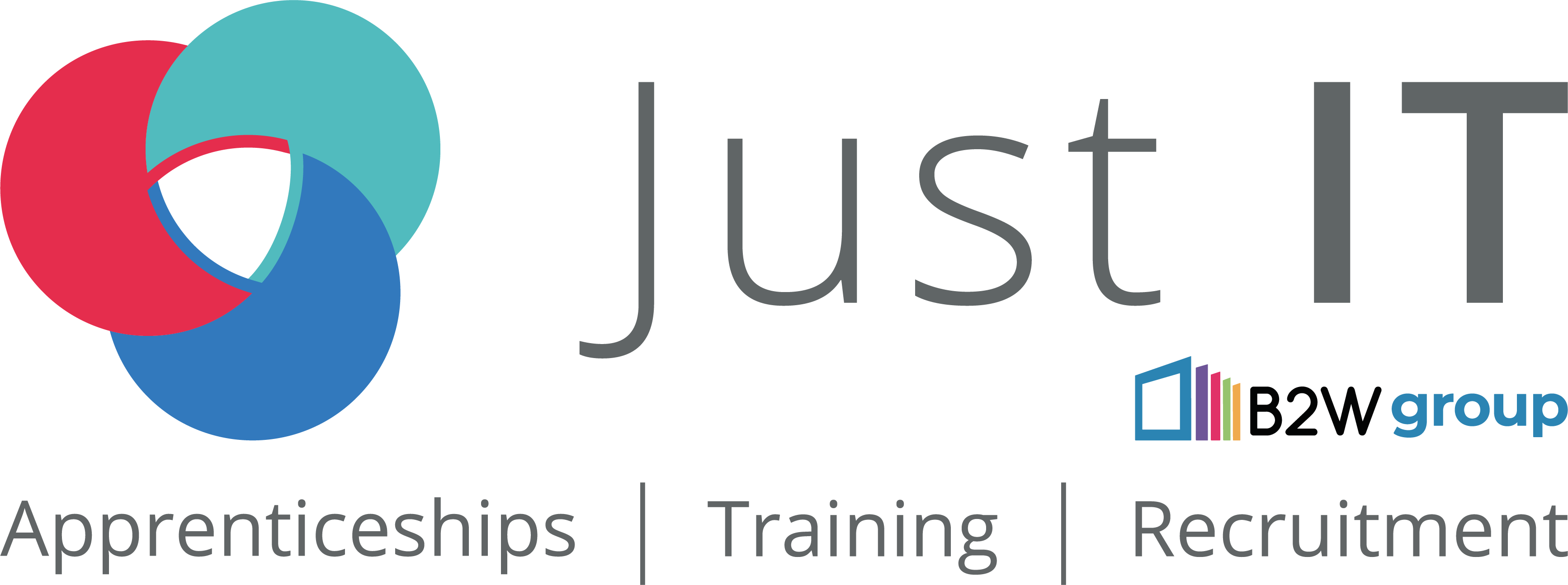It’s widely agreed that an effective onboarding process boosts productivity, engagement, and retention. Companies spend a lot of time on getting onboarding right, from the welcome at reception to a structured schedule of meet-and-greets. However, the global Coronavirus pandemic has laid down the challenge of how can employers make sure new hires feel welcomed, excited and engaged in the absence of office tours, team meals and introductions with new teammates.
Here are six tactics to consider that may help develop an effective virtual onboarding process.
Spread your onboarding program out over several days
A typical onsite onboarding process usually involves a company sending new hires into an office where they will be embraced by new colleagues, eager to meet them and make them feel at home. This could previously be done in a day or two.
By spreading the onboarding programmes out over a week allows shorter bursts spread over days and gives flexibility with working from home and time to adapt as needed. The five-day program creates an intentional plan of regular check-ins and touchpoints to make sure no new hire feels forgotten or overlooked.
A longer approach not only helps new hires stay more engaged but also reduces some of the stress for facilitators who are also adapting to online onboarding and setting up remote video calls and presentations.
Embrace the idea that you can’t possibly over communicate
People tend to feel vulnerable in new situations – and this is a very new situation for all of us – but especially for a new hire. A good employee onboarding program will ease the anxiety and alleviate the concerns.
Typically, a manager would make frequent stops at a new hire’s desk to see how they’re doing. Now, this onsite approach is limited, if at all possible. Managers now must stay connected through email, chat, and videoconferencing. Communication should cover both the practical — here’s what you need to do today and here’s how to do it — and the social.
While you don’t want to overwhelm your onboarding cohort, you do want them to feel welcomed and confident that they’re getting the tools and instructions needed to navigate the road ahead.
Get technology into the hands of new employees as quickly as possible
Getting the hardware and company-specific software to new hires is crucial for them to start their new role. Why not send laptops directly from the supplier to the new hire’s home? Support from technical teams is crucial to make processes remote and more automated. It is now possible for company-specific software and programs to be loaded remotely. IT Managers can then allow automated downloads of key programmes and software initiated when the new staff member enters their credentials.

Emphasize your company’s culture and values
When it comes to keeping employees happy and engaged, company culture is king. A LinkedIn survey of over 3,000 U.S. professionals found that 70% said they would leave a leading company if it had a bad culture. Some 71% said they would take a pay cut to work for a company that shares their values and has a mission they believe in.
Introducing the company vision, mission and values during the onboarding process is a key part of the schedule, and this can be delivered in a variety of digital formats from video to webinar, and of course on live team chat.
Make online employee onboarding interactive to keep participants engaged and connected
Successful onboarding will mean new hires not only get to know the company, but they also get to know one another. Many employers implement online breakout groups and informal chat sessions pairing new hires with existing staff during the onboarding process.
The process and technical equipment are only part of most companies’ broader onboarding efforts, the people involved are still central, even if they are delivering remotely. A hiring manager or onboarding buddy will be key to a new employee’s successful integration into the company. What managers or a buddy are expected to do won’t change too much from traditional onboarding, however delivery will be new and possibly entirely virtual.
Hotjar, a business analytics company, uses an app in Slack called Donut to pair up employees every two weeks for a 30-minute chat.
Model continuous learning by asking for feedback and acting on it quickly
The final stage of the onboarding program is feedback. Virtual onboarding is new, and the employer should be looking to refine and develop their process. A survey can ask new hires to rate various parts of the onboarding program and provides a chance for open-ended comments – qualitative feedback that allows suggested improvements.
Remember that the single biggest mistake in employee experience is asking for feedback and not acting on what you learn.
First impressions are everything. How you welcome a new hire and usher them into your company will have an enormous impact on how engaged they are and how quickly they reach their full potential and productivity.
A report from BCG (Boston Consulting Group) looked at 22 HR practices and found onboarding to have more impact than any except for effective recruiting.
While virtual onboarding will be a new practice for most companies, there are a number of respected organisations like Dell and Marriott that have been doing it for years successfully.
They believe that effectively onboarding new hires creates enthusiastic company ambassadors that are likely to be productive as they feel welcomed and valued.
